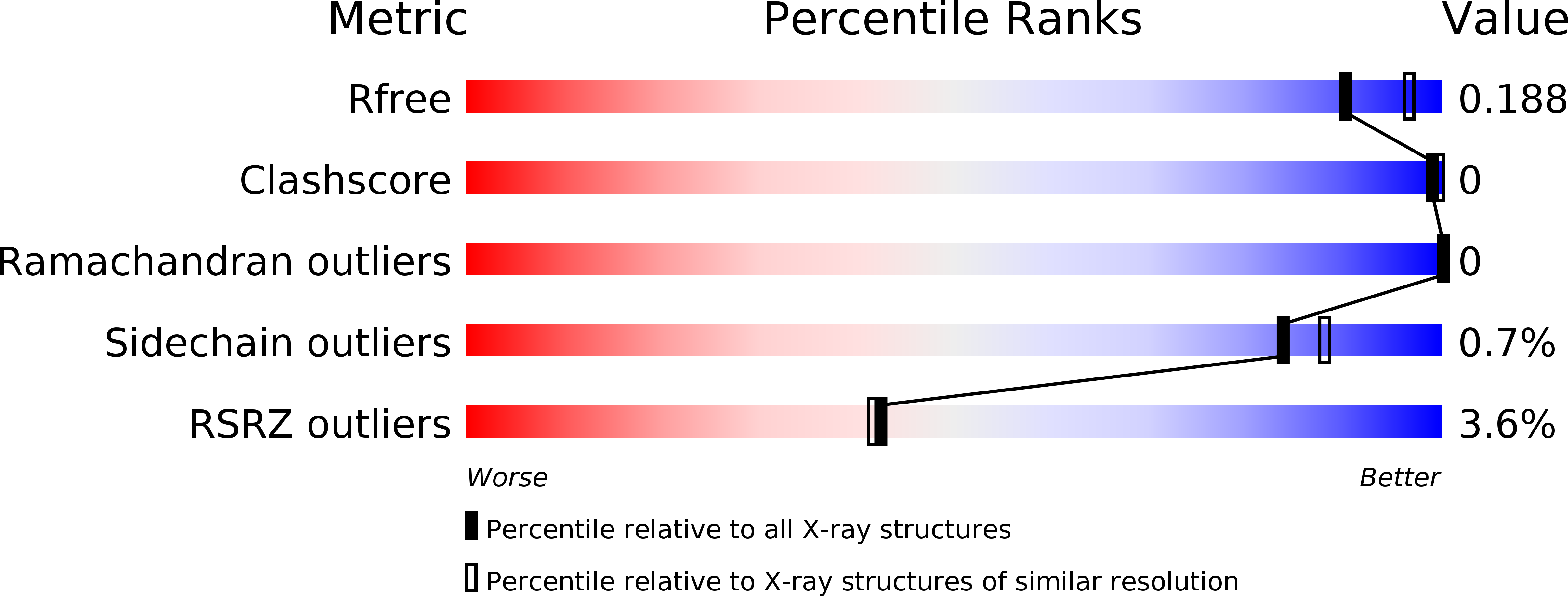
Deposition Date
2017-11-02
Release Date
2018-01-17
Last Version Date
2023-10-04
Entry Detail
PDB ID:
6BII
Keywords:
Title:
Crystal Structure of Pyrococcus yayanosii Glyoxylate Hydroxypyruvate Reductase in complex with NADP and malonate (re-refinement of 5AOW)
Biological Source:
Source Organism:
Pyrococcus yayanosii (strain CH1 / JCM 16557) (Taxon ID: 529709)
Host Organism:
Method Details:
Experimental Method:
Resolution:
2.00 Å
R-Value Free:
0.17
R-Value Work:
0.14
R-Value Observed:
0.14
Space Group:
P 62 2 2


